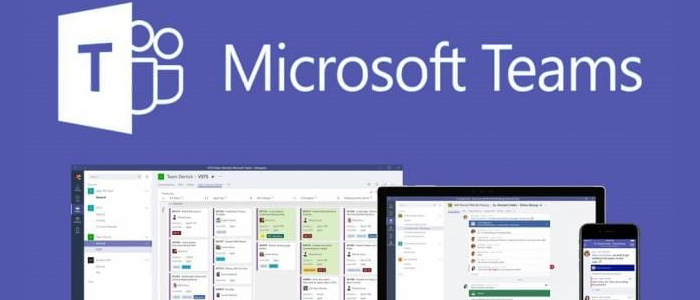In just over 2 years Microsoft Teams has usurped collaboration tool Slack as the market leader. Microsoft Teams was launched in March 2017, only a year after Microsoft were rumoured to be considering an $8 billion bid for Slack. That bid was heavily favoured by Qi Lu, Microsoft EVP of Applications and Services. However, Bill Gates didn’t approve and wanted the company to double down on improving Skype for Business. Qi Lu, once listed as the 10th most creative person in business by Fast Company, ahead of such luminaries as Jay ‘Hard Knock Life’ Z, has since moved onto Y Combinator via Baidu. Meanwhile, Microsoft has rolled up their sleeves and busied themselves making Microsoft Teams.
It’s all in the DAU (Daily Average User)
So, what’s the big deal? Well, Microsoft’s most recent announcement reveals that Microsoft Teams is hitting 13 million daily average users. Factor in weekly users and that figure rises to 19 million. How about some context though? Well, Slack revealed a daily average user count of 10 million earlier this year. Moreover, Microsoft claims that Microsoft Teams is now used in 500,000 organisations, including 91 companies listed in the Fortune 100. Impressive figures. So, how have Microsoft managed to make such rapid progress against a company that has dominated the market for the past 9 years? Step forward Office 365.
Let’s get ready to bundle
Remember the browser wars? In 2003 Microsoft achieved a browser market share of 95% by bundling Internet Explorer with it’s Windows operating system. Guess what? Microsoft bundles Microsoft Teams with Office 365 business subscriptions, for free. You don’t even need to have an Office 365 subscription to use Microsoft Teams anymore. Microsoft introduced a free tier last year, ending one of the main advantages Slack enjoyed over it’s new competitor.
So, what do you get for free? Well, if you’re an organisation of up to 300 people you can enjoy free audio and group video calls. There’s messaging, message search, integrated apps, 10GB of team storage and 2GB of individual storage. That’s quite a compelling feature-set for zero pennies.
In April of this year Microsoft revealed that over 180 million users have signed up to Office 365. They also stated that sign-ups to Office 365 are growing at a rate of 4 million per month. So, it looks as though that DAU count for Microsoft Teams will increase steadily.
What’s left for Slack?
Slack have not had their troubles to seek recently. Not only have Microsoft breezed past them in terms of user count there’s also the small matter of a 2015 database breach which has come back to haunt them. Slack recently had to reset 10,000 user passwords, roughly 1% of it’s 10 million user base, after it came to light that stolen credentials were being sold online.
When Microsoft Teams launched in 2017, Slack took the unusual step of acknowledging their new competitor by placing a full back page ad in the New York Times. The advert with the heading “Dear Microsoft” welcomed Microsoft to the messaging market and proclaimed “If you want customers to switch to your product, you’re going to have to match our commitment to their success and take the same amount of delight in their happiness.” It looks as though Microsoft have been listening and it will be interesting to see how the industry landscape looks in another couple of years.









